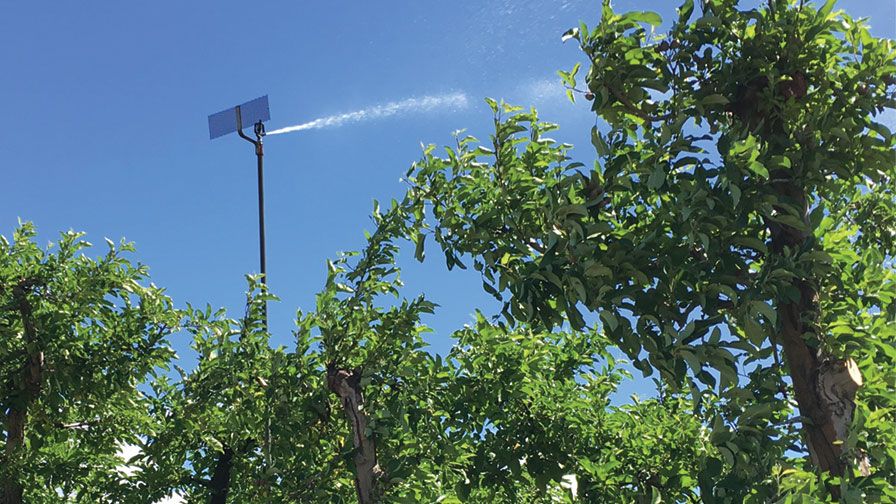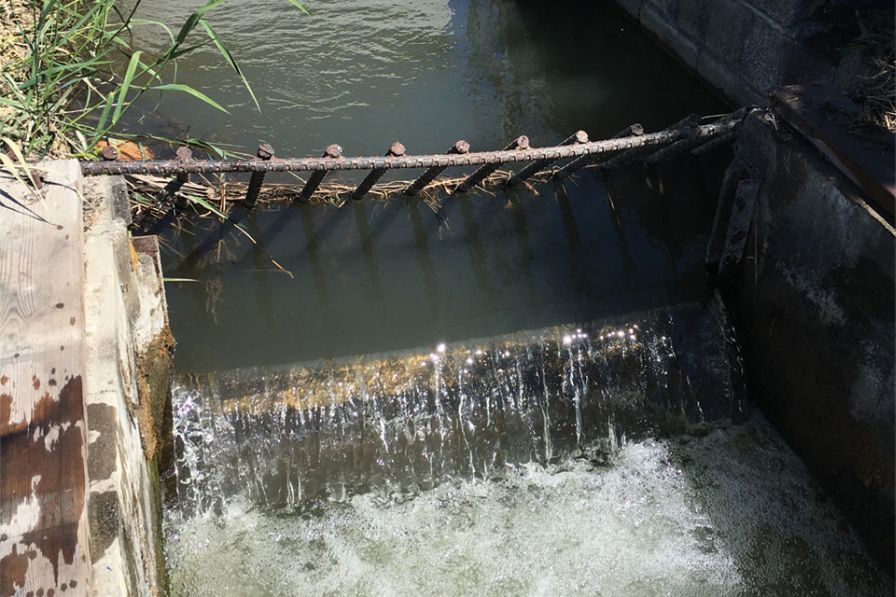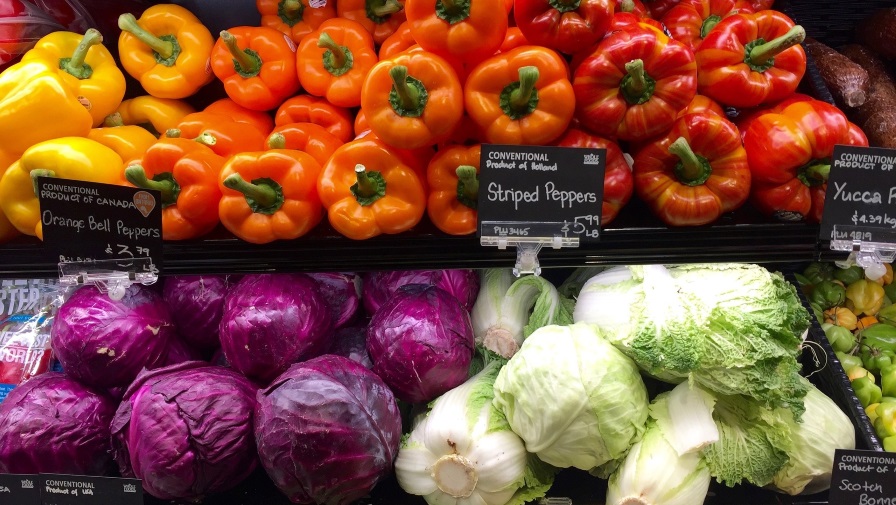Crop Advisers Should Help Growers with Onerous Ag-Water Mandates

Micro-climate modification from surface water sources is included in the FSMA definition of agricultural water. (Photo credit: Trevor Suslow)
“Farming looks mighty easy when your plow is a pencil, and you’re a thousand miles from the corn field.”
— Dwight D. Eisenhower, Sept. 11, 1956
We’ve this quote popping up a lot recently in regards to the frustrations which naturally and inevitably seem to arise when federal policy and trade decisions or new regulations impact farm enterprises or specific regions or commodity groups. To paraphrase and modernize this quote from our 34th President, crop management challenges seem straightforward when Googling information on a computer in a cubicle in a monolithic building far removed from furrow, vineyard or orchard.
One of these current sweeping issues of concern revolves around the Agricultural Water definitions and provisions of the Food Safety Modernization Act (FSMA) Produce Safety Final Rule (PSR). Agricultural water is defined in part as “water (that is) intended to, or is likely to, contact covered produce or food contact surfaces” and covered produce is defined in part as “the harvestable or harvested part of the crop.” To ensure the proper context is provided, the Agricultural Water (ag-water) quality requirements detailed in the FSMA PSR only apply to farms covered by the rule that are using water that directly contacts the edible portion of the crop during growing activities, or during and after harvest activities.
Numerous grower meetings and training sessions directly related to the PSR have made it clear that confusion and frustration about the specific compliance expectations remain a hot-button topic in the fresh produce farming community. This is dramatically true for those farms where surface water sources are the main or only option for crop irrigation, frost protection, micro-climate management, and other diverse purposes which meet the above FDA definition for covered produce.
However, in reality, FDA did hold multiple listening sessions and many aspects of the final ruling are far less onerous than originally proposed. In addition, FDA is hard at work integrating industry, state agency, and academic feedback into guidance to better explain measures to ensure grower compliance and better position the allowed options for meeting expectations.
My purpose in this column is not to explain the details of the required on-farm ag-water quality profile baseline establishment or the substantial current barriers to meeting the testing criteria in many production regions. There are many resources available to help with understanding where things stand today, in grower-friendly language, such as an explanatory document from the Produce Safety Alliance called “FSMA Produce Safety Rule Water Requirements: Insights to Get You Organized!” at https://is.gd/FSMAPSAGetOrganized.

Monitoring surface water sources, turn-outs and gates for hazards which could impact water quality compliance needs frequent attention. (Photo credit: Trevor Suslow)
Opportunity Abounds
Rather, I would like to highlight an opportunity I have been sharing with crop management consultants every chance I get for many years, since the emergence of Good Agricultural Practices audit programs, related to expanding their value-added services to growers of row, vine, and tree crops.
As far as I am aware, crop and pest management service providers have taken very limited and tentative opportunities to offer services in food safety compliance programs. Some key fee-for-service or value-added service add-ons, at least in my opinion, would relate to PSR ag-water compliance provisions including observational scouting, mapping, sampling, chain-of-custody transport of samples, documentation, and other data reporting and record-keeping requirements.
For many growers, already juggling many regulatory requirements from an increasing alphabet soup of local, state, federal, and international trade agencies, the current ag-water compliance requirements are a handful.
They include details of calculating geometric means, statistical threshold value, and post-irrigation die-off allowance, and keeping up with evolving guidance and standards of optional equivalency programs looming on the horizon. Impending compliance dates are realistically for PSR ag-water not until January 2020 for larger operations and January 2022 for very small operations. If you have no idea what I am talking about, these are all explained in the Produce Safety Alliance link provided above.
In Your Wheelhouse
My main point here is that many of these functions could fit into services provided by crop and pest management specialists who spend time in vineyards, orchards, and groves sampling, collecting, observing, and walking the farm. These services could replace or supplement and, potentially, greatly reduce incremental costs to growers over the cost of sampling by the micro-testing lab. This is especially true in more remote areas far from urban or major produce production centers.
Perhaps a more important value would be ensuring an organized and standardized system for water quality compliance for farm operations not in a position to have dedicated food safety staff. In addition to ag-water, crop consultants could be in a good position to offer add-on services in observational documentation of domesticated animal and wildlife activity and intrusion into production areas. This is another key challenge under the PSR and consultants could play a major role in innovating effective measures to minimize intrusion.
In general, it is my hope we see far more engagement among the certified professional crop consultants in food safety management across the industry in 2017. At least it seems a missed business opportunity to me.
Next time I will be highlighting the new Produce Facts App for iPhone which the Postharvest Technology Center will be rolling out in the first quarter of this year.










